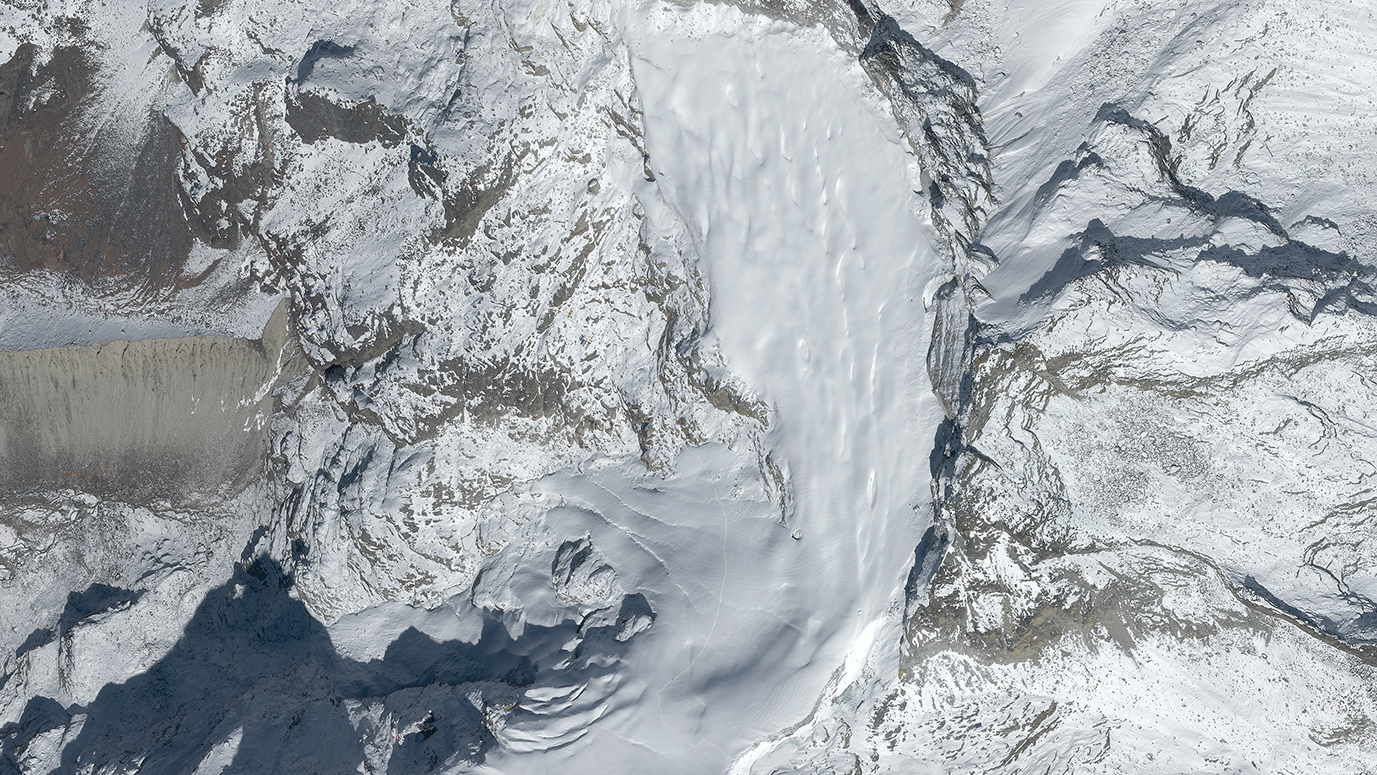Featured
About Pléiades Neo
Pléiades Neo is a very high resolution optical constellation of two identical satellites phased at 180° from each other. The constellation provides continuity for the Pléiades mission, with enhanced performance in terms of accuracy, reactivity and frequency. Fast tasking, high agility and a huge volume of data are the main advantages of the mission. The constellation is manufactured, owned and operated by Airbus Defence and Space.
Pléiades Neo 3, the first satellite in the constellation, was launched on 28 April 2021, followed by Pléiades Neo 4 on 16 August 2021. The constellation remains operational.
| Orbit Type | Sun-synchronous |
| Altitude | 620 km |
| Orbit Inclination | 97.9° |
| Orbit Period | 97.2 min |
| LTDN | 10:30 |
| Revisit Capability | Twice a day, anywhere |
| Coverage Capacity | Entire globe coverage, even at extreme latitudes 500,000 km2 each satellite daily. 7,500 km2 in a single pass. |
| Nominal Expected Lifetime | 10 years |
| Repeat Cycle | 26 days |
Pléiades Neo Objectives
Pléiades Neo is designed for a range of very-high-resolution (VHR) remote sensing applications for defence, security and crisis management, urban planning (mapping, civil engineering, infrastructure, mobility), maritime, agriculture, forestry and environment.
Pléiades Neo Instruments
The Pléiades Neo Imager carried on board the satellites delivers very-high optical (30 cm resolution) imagery with a swath of 14 km.
| Spectral Bands | Panchromatic: 450-800 nm Deep Blue: 400-450 nm Blue: 450-520 nm Green: 530 – 590 nm Red: 620 – 690 nm Red Edge: 700 - 750 Near-infrared: 770 – 880 nm |
| Spatial Resolution, GSD | 30 cm for Panchromatic, 1.2 m for Multispectral bands |
| Swath Width | 14 km at nadir |
| Geolocation Accuracy | <5m CE90 at nadir Expected: 3.5 m with refined data |
| Viewing Angle | ± 52° |
| Pointing Agility | Roll/pitch: 10° in 7 seconds, 30° in 12 seconds, 60° in 20 seconds |
Pléiades Neo Data
DATA COLLECTIONS
ESA is offering, for scientific research and application development, access to full archive and new tasking data from the Pléiades Neo mission, upon submission and acceptance of a project proposal.
ESA will support as many high-quality and innovative projects as possible within the quota limit available, therefore only a limited amount of products can be made available to each project.
The following collection is available:

